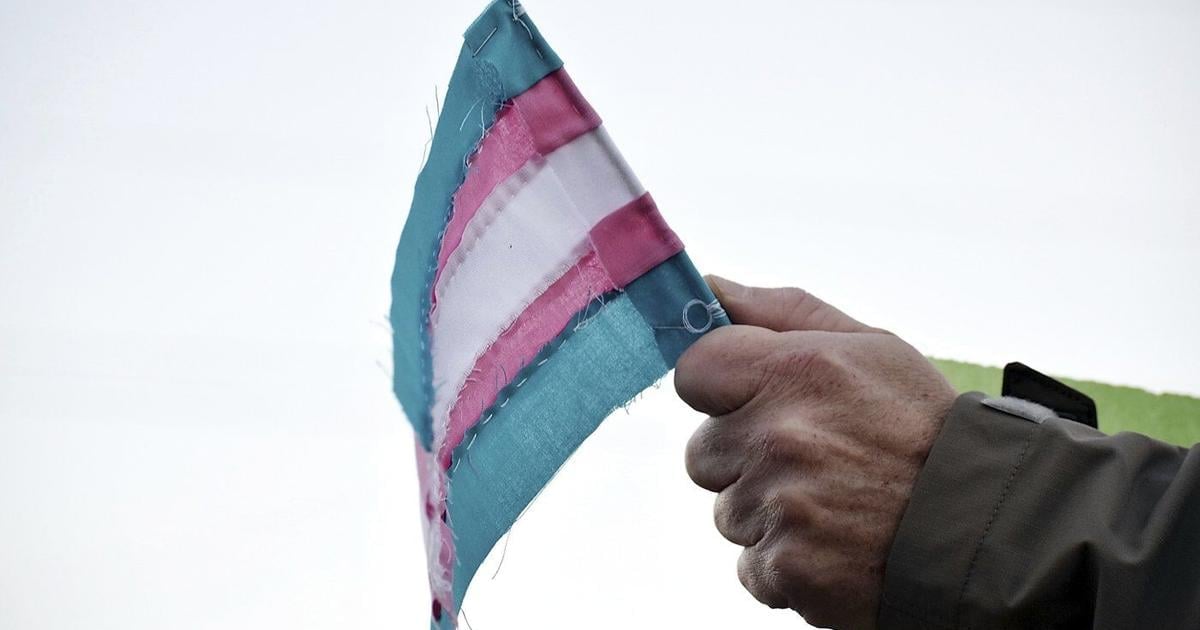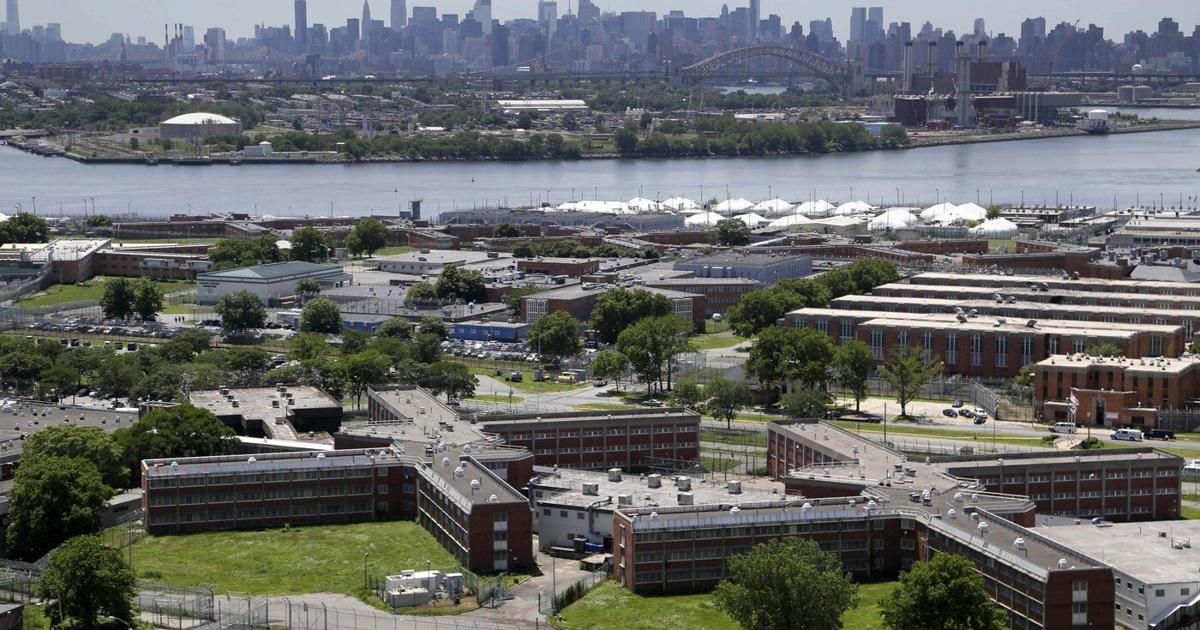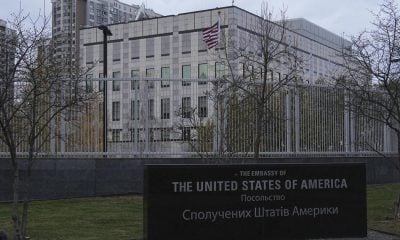Former CFL commissioner Mark Cohon is joining the new Northern Super League as chair of its board of directors.
Cohon succeeded Tom Wright as CFL commissioner in 2007, signing a three-year contract extension in 2012. He stepped down in January 2015 ahead of his contract expiration in April 2015.
“Mark brings a lot to this role,” said NSL president Christina Litz. “Obviously an all-Canadian league is quite rare. So having that experience with the CFL and being able to bring that perspective, particularly in terms of governance and organization and helping set culture across the board, is really unique.
“And he knows that. So it’s great to have him as we begin our journey here.”
The six-team women’s pro soccer league is set to kick off in April with teams in Vancouver, Calgary, Toronto, Ottawa, Montreal and Halifax.
Cohon and Litz have history.
Cohon hired Litz at the CFL in 2014 as head of broadcast and digital. Their paths crossed again on the board of the Canadian Academy of Recording Arts and Sciences/Juno Awards which Cohon chaired from September 2015 to September 2022.
“I always known him to be a big thinker,” said Litz, who worked for the CFL until 2019 with her last position as chief marketing, digital and strategy officer. “He had big ambitions for the CFL that were achieved while he was there … And he was like that at the Junos board as well, really pushing us constantly — as a board and with management there — to think as big we could. So I know he’s going to do this here and I love that.
“The women who have been playing this game really deserve us to be thinking and acting as big as possible.”
Cohon’s achievements at the Canadian Football League included negotiating a lucrative, new broadcast deal, bringing football back to Ottawa with the Redblacks and celebrating the 100th Grey Cup in 2012.
The NSL says Cohon “will support the league’s board of directors on several key initiatives, including economic growth, expansion initiatives, international competition, player welfare and promoting inclusivity.”
“I really love the vision of the league,” Cohon said.
“The entrepreneurial nature of building a league, doing something that’s important for Canada was, No. 1, really exciting for me,” he added. “And two, this is a moment in time if you think about what’s happening in the world of women’s sports, this is a critical moment — being part of that movement, that was very exciting for me.
“And I guess the third thing is I feel like I can really make a difference.”
He said his wife Suzanne and daughter Parker also urged him to take the job.
“I’m all-in to making this thing a success for our Canadian women and the country,” Cohon said.
The new women’s league will not have the position of commissioner. Instead, Litz will take the lead as president.
Before the CFL, Cohon worked for the NBA as vice president of business development and managing director of NBA Europe and for Major League Baseball as director of International game and business development.
Cohon, a dual citizen whose late father George Cohon was McDonald’s of Canada senior chairman, was born in Chicago but moved to Toronto when he was two.
He has spent the last eight years as chair and partner at the Georgian Bay Spirit Company and served as chair of Toronto Global, which assists international companies exploring business opportunities in the Toronto area since November 2016.
He has also advised CVC Capital Partners, a private equity and credit company, and a director of Great Canadian Entertainment, an Ontario-based company that operates gaming, entertainment and hospitality facilities in Ontario, British Columbia, New Brunswick, and Nova Scotia.
In 2013, Cohon was appointed to the Order of Ontario and in 2015, received the Meritorious Service Medal from the Governor General of Canada.
The NSL board will include Cohon and representatives of the six ownership groups with Litz and Diana Matheson, whose title is the league’s chief growth officer, as observers.
Matheson and Tom Gilbert, co-founders of the league via Project 8, now have an ownership stake in Ottawa Rapid FC with Gilbert the team’s representative on the board.
—
Follow @NeilMDavidson on X platform
This report by The Canadian Press was first published Nov. 12, 2024























